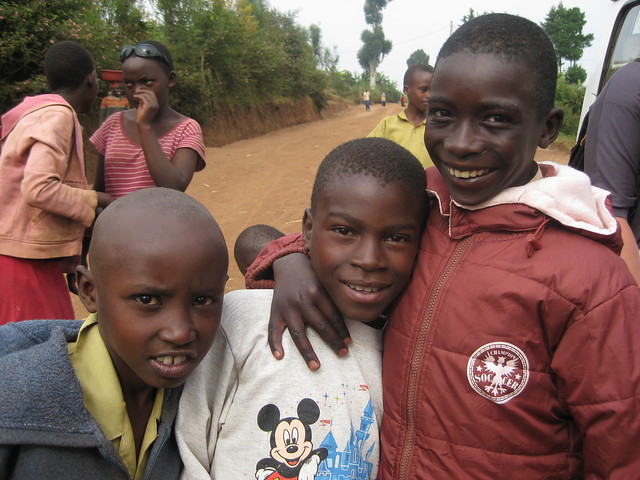Post Genocide: Top 10 Facts About Rwanda Child Soldiers

Rwanda is an African country whose history is marred by colonialism, civil war, political turmoil and genocide. Since the 1994 genocide that killed nearly one million Tutsi and moderate Hutu, the country continues to deal with the aftermath of this suffering.
One of the central issues during the genocide and even today in the post-genocide environment has been the role of child soldiers. Here are the top 10 facts about Rwanda child soldiers.
Top 10 Facts About Rwanda Child Soldiers
- Post-genocide, many Rwandan survivors fled to the Democratic Republic of the Congo. However, as violence surged in the Congo and a genocide of its own erupted there, Congolese rebels forced Rwandan boys to become soldiers for their cause.
- Children are a vulnerable population that are more susceptible to be forced or recruited into child armies. This vulnerability is structural according to Human Rights Watch: “Government officials have done little to protect these children’s rights…traditional societal networks have been severely eroded by poverty, the HIV/AIDS epidemic, and, not least, the consequences of the genocide and war.”
- According to Michael Wessels, author of Child Soldiers: From Violence to Protection, children are more likely to be recruited as soldiers because “They can be psychologically manipulated through a deliberate programme of starvation, thirst, fatigue, voodoo, indoctrination, beatings, the use of drugs and alcohol, and even sexual abuse to render them compliant to the new norms of child soldiering.”
- More than 50 percent of Rwanda’s population is 19 years old or younger and orphans account for 10 percent of this demographic. With limited access to money, shelter, education and other necessities, many of these vulnerable children fall prey to child armies.
- In the neighboring country of the Democratic Republic of the Congo, the rebel military group M23 worked with the Rwandan Defense Force to train child soldiers.
- With promises of money, education and jobs, children—many of them orphaned or living in extreme poverty—fell prey to the Rwandan Defense Force which falsely claimed children would be trained for the Rwandan army, not for M23.
- Romeo Dallaire witnessed the Rwandan genocide firsthand as a U.N. peacekeeper. According to Dallaire, one of the reasons for employing child soldiers is that “they are viewed as expendable, replaceable.”
- For the past 20 years, Rwanda has been working to demobilize Rwandan child soldiers and reintegrate them into Rwandan society. As of 2013, the Rwandan government demobilized about 3,000 child soldiers.
- Although the Rwandan government made successful moves to reduce the number of child soldiers, some reports suggest that simultaneously, the Rwandan government recruited some of those same children as soldiers. Following these accusations, the United States denied military funding to the Rwandan Army.
- In efforts to help reintegrate former child soldiers, the Lake Muhazi Centre is just one of many places that runs a three-month course that offers counseling, recreational activities, and job training to help facilitate assimilation back into Rwandan society.
Although Rwanda made great strides to demobilize the child soldiers that its own army produced, many child soldiers remain in the Democratic Republic of the Congo. It was not until 2013 that the Rwandan government acknowledged its role in the production of child soldiers and has, since then, made great efforts to combat this atrocity.
– Morgan Everman
Photo: Pixabay
